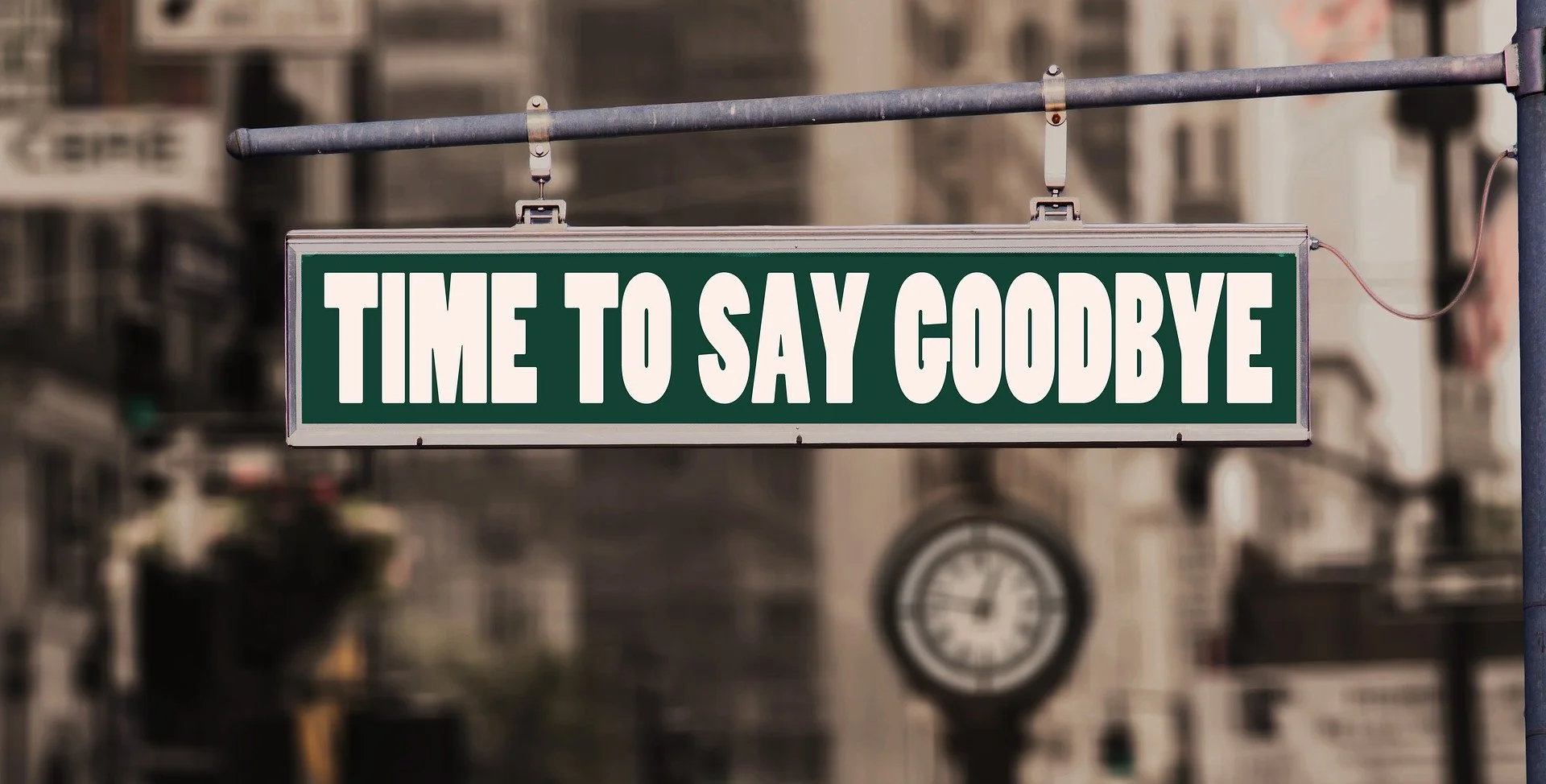Are you looking for a good book on resilience? I've read dozens of books on resilience, and these are my favorites.
Resilience: The Science of Mastering Life's Greatest Challenges by Dr. Steven Southwick and Dr. Dennis Charney. Southwick and Charney draw on decades of resilience research and work with trauma survivors to identify ten factors that we can use to cope, become stronger, and build resilience. They use extraordinary stories of a wide range of people to demonstrate how these factors helped them overcome seemingly impossible situations. If you read only one book on resilience, read this one.
The Power of Full Engagement by Jim Loehr and Tony Schwartz. Before resilience became a hot topic, Loehr and Schwartz were writing about energy management. They argue that to be fully engaged we must be physically energized, emotionally connected, mentally focused, and spiritually aligned with a purpose beyond our immediate self-interest. Their book explains how managing energy, not time, is the key to enduring high performance as well as to health, happiness, and life balance. They provide a practical, scientifically-based approach to managing your energy more skillfully.
Thrive by Arianna Huffington. In 2007, Arianna Huffington collapsed from exhaustion, cutting her eye and breaking her cheekbone. Since then, she explored what it means to lead "the good life." She concluded that our relentless pursuit of the two traditional metrics of success - money and power - has led to an epidemic of burnout and stress-related illnesses and an erosion in the quality of our relationships, family life, and, ironically, our careers. Drawing on the latest research and science in the fields of psychology, sports, sleep, and physiology, her book shows us the way to a more fulfilling, successful, and resilient life.
Option B by Sheryl Sandberg and Adam Grant. After the sudden death of her husband, Sheryl Sanberg felt sure that she and her children would never feel pure joy again. Her friend, Adam Grant, a psychologist at Wharton, told her there are concrete steps people can take to recover from and rebound from life-shattering experiences. This book combines Sheryl's insights with Adam's research on resilience in the face of adversity to provide a road map for everyone struggling to overcome hardships.
The Resilience Factor by Karen Reivich and Andrew Shatté. Reivich and Shatté are expert psychologists and a prominent resilience research team. In this book, they reveal seven proven techniques that have helped thousands improve their capacity to handle life's inevitable surprises and setbacks. They demonstrate that it is not what happens to us, but how we respond to what happens that will have the most significant impact on our lives. Their book reminds us that resilience is not only an ability that we're born with and need to survive, but it's also a skill that we can master.
Man’s Search For Meaning: An Introduction to Logotherapy by Viktor E. Frankl. Having meaning and purpose in your life is one of the five resilience factors. Frank wrote this book in 1959, and it still provides one of the best explanations I've read on the power of meaning. While it can be an emotionally challenging book, it is also inspiring and uplifting as you learn how people survived some of the worst situations imaginable. His section on logotherapy, a psychotherapeutic approach based on living purposefully and meaningfully, can be technical for non-psychiatrists but has nuggets of insights that will stay with you always. A reader survey for the U.S. Library of Congress that asked readers to name a "book that made a difference in your life" found Man's Search for Meaning among the ten most influential books in America.
The Power of Meaning: Finding Fulfillment in a World Obsessed With Happiness by Emily Esfahani Smith. If you’re struggling with Man’s Search for Meaning, you might find The Power of Meaning to be a much easier read. Smith has a unique ability to translate complicated science into simple concepts that can be easily understood. She is a skilled storyteller, introducing us to ordinary people and showing us how they incorporate the four pillars of meaning (belonging, purpose, transcendence, and storytelling) into their lives.
Rising Strong: How the Ability to Reset Transforms the Way We Live, Love, Parent, and Lead by Brené Brown. Brown interviewed dozens of people - from leaders in Fortune 500 companies and the military to artists, teachers, and parents - about how they fell and got back up. She found they all recognized the power of emotion and were able to act despite their discomfort. Brown explains how vulnerability and being our authentic self provides the strength we need to recover from trauma and remain resilient in times of adversity.
Thanks! How Practicing Gratitude Can Make You Happier by Robert A. Emmons. Gratitude is a powerful resilience tool. Emmons reaches beyond science to bolster the case for gratitude by weaving in the writings of philosophers, novelists, and theologians. Thanks! provides inspiration and practical ways to incorporate more gratitude into your life.
All You Have to Do Is Ask: How to Master the Most Important Skill for Success by Wayne Baker. Asking for help, especially when you’re in a crisis, is essential for maintaining resilience. Yet, it is one of the hardest things for many of us to do. Baker shares dozens of tools that individuals and teams can use to make asking for help a personal and organizational habit.
What’s your favorite resilience-related book? Why?
___________________________
To learn more about how you and your team can thrive in adversity, visit my website, and follow me on LinkedIn, Facebook, and Twitter.










